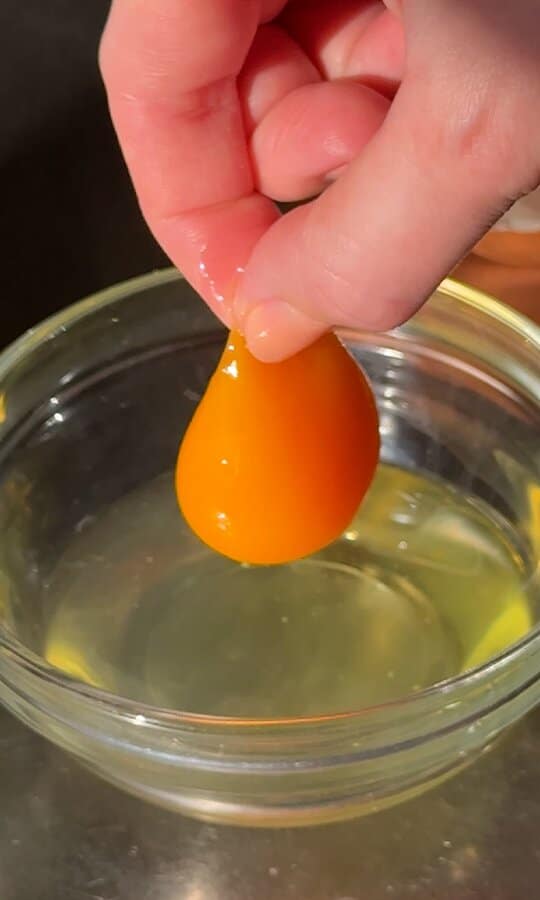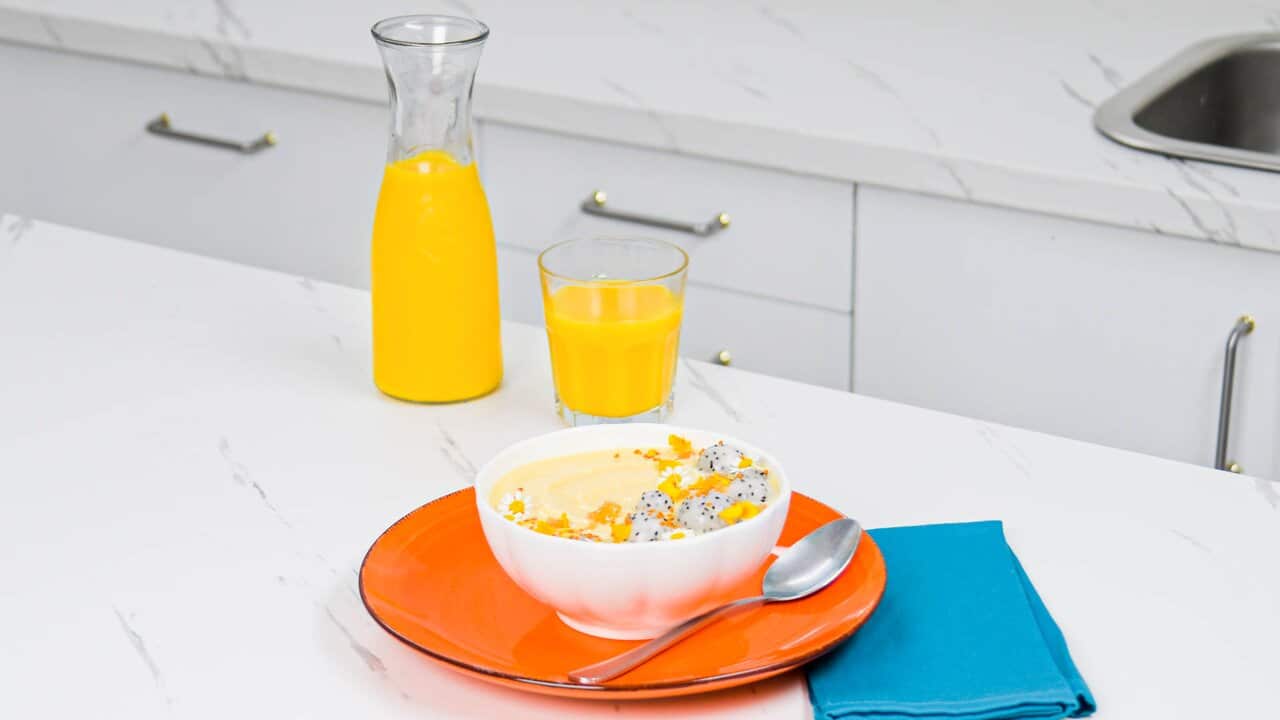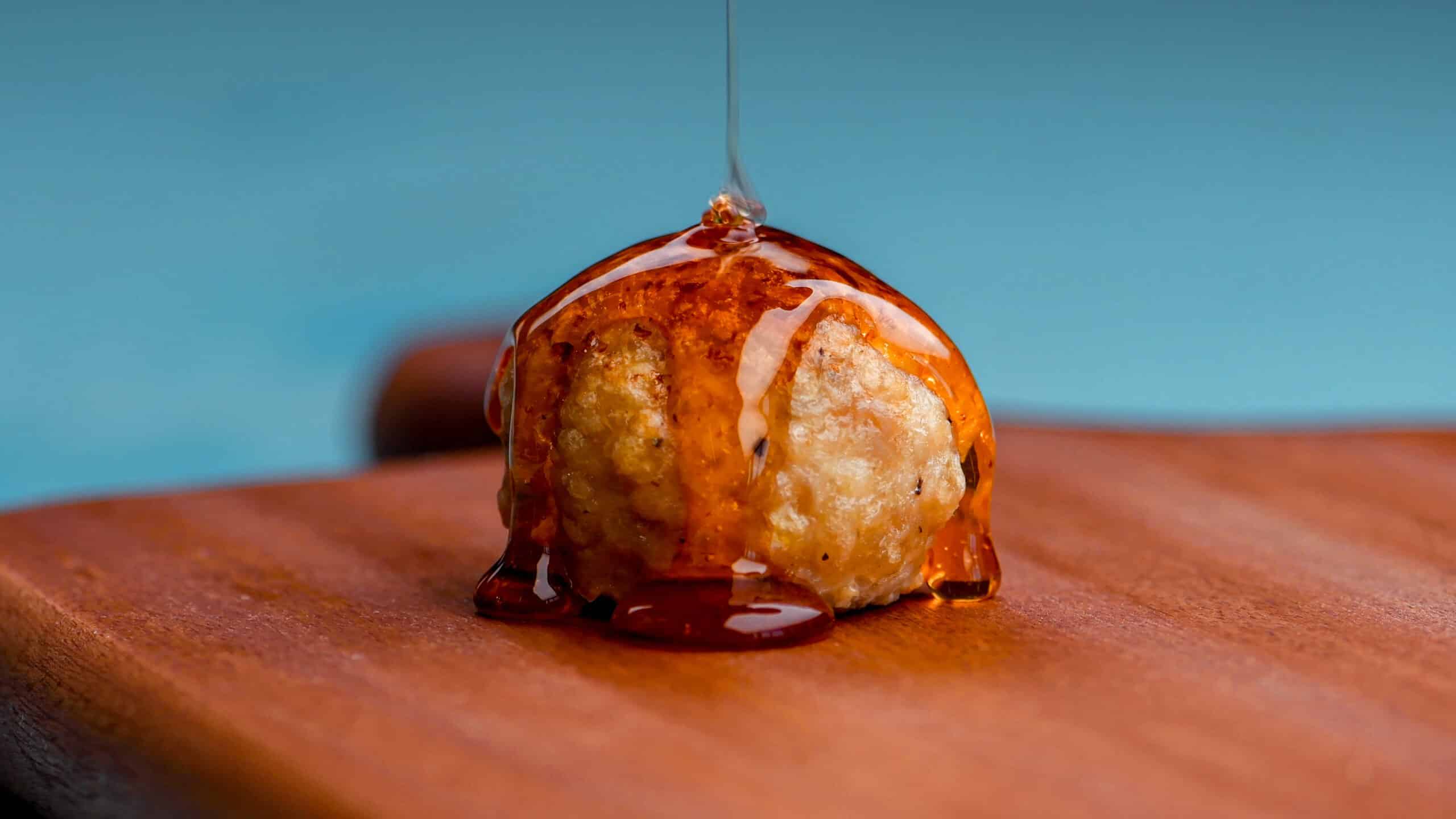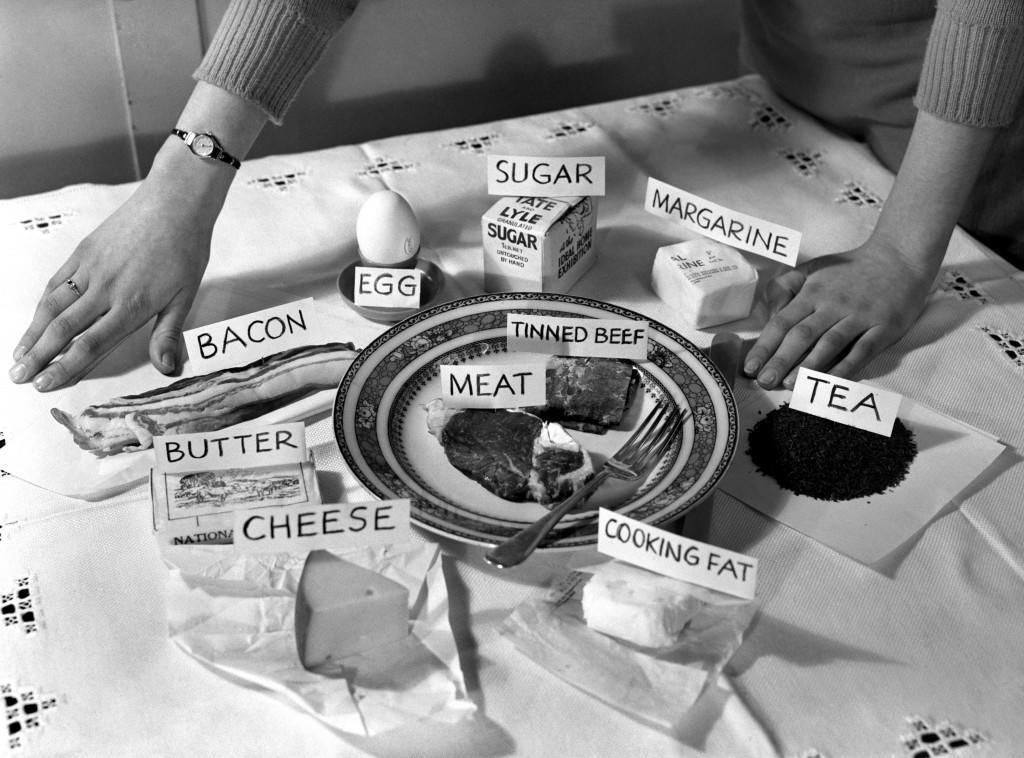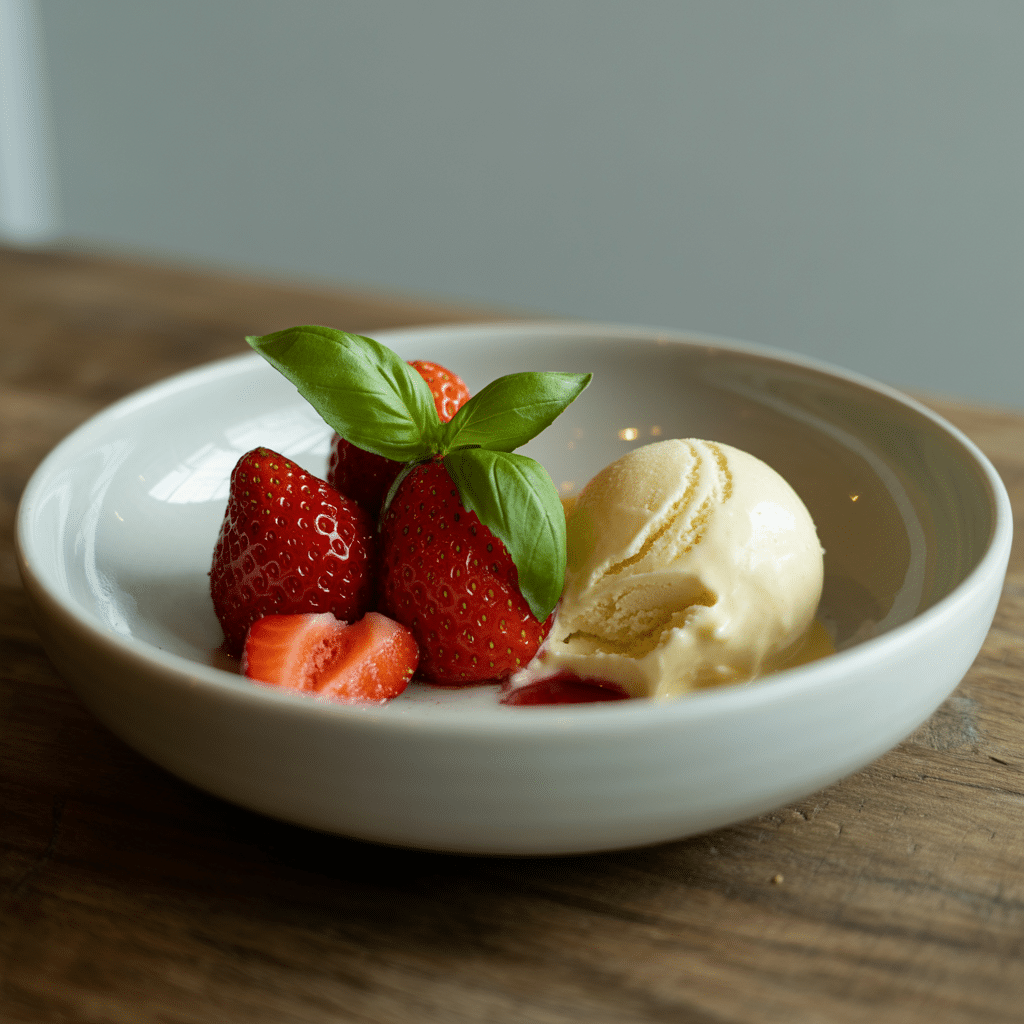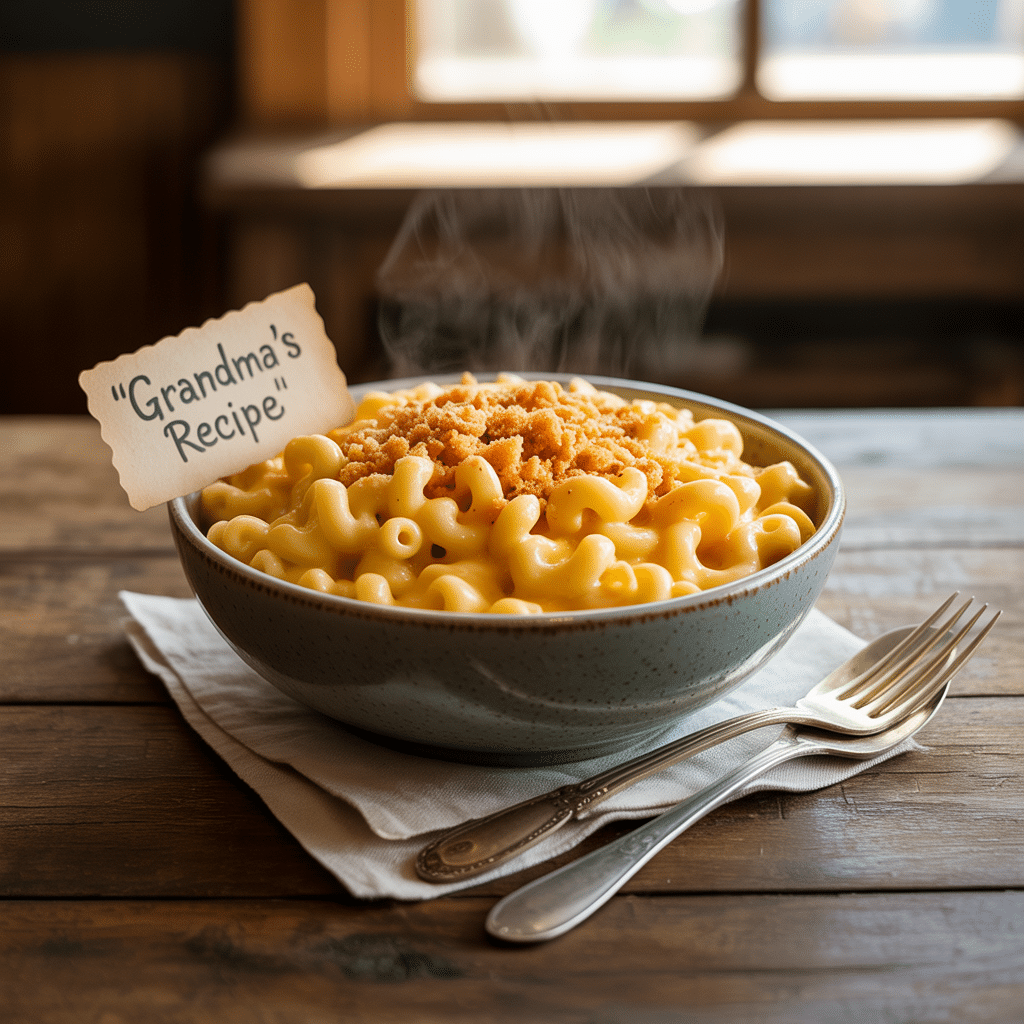Dig
into
fun
Dig into
fun
fun
So Yummy serves up surprising, smart and absolutely gorgeous ideas, tips and products that encourage you to enjoy every moment around the kitchen.
Read
Learn
Make
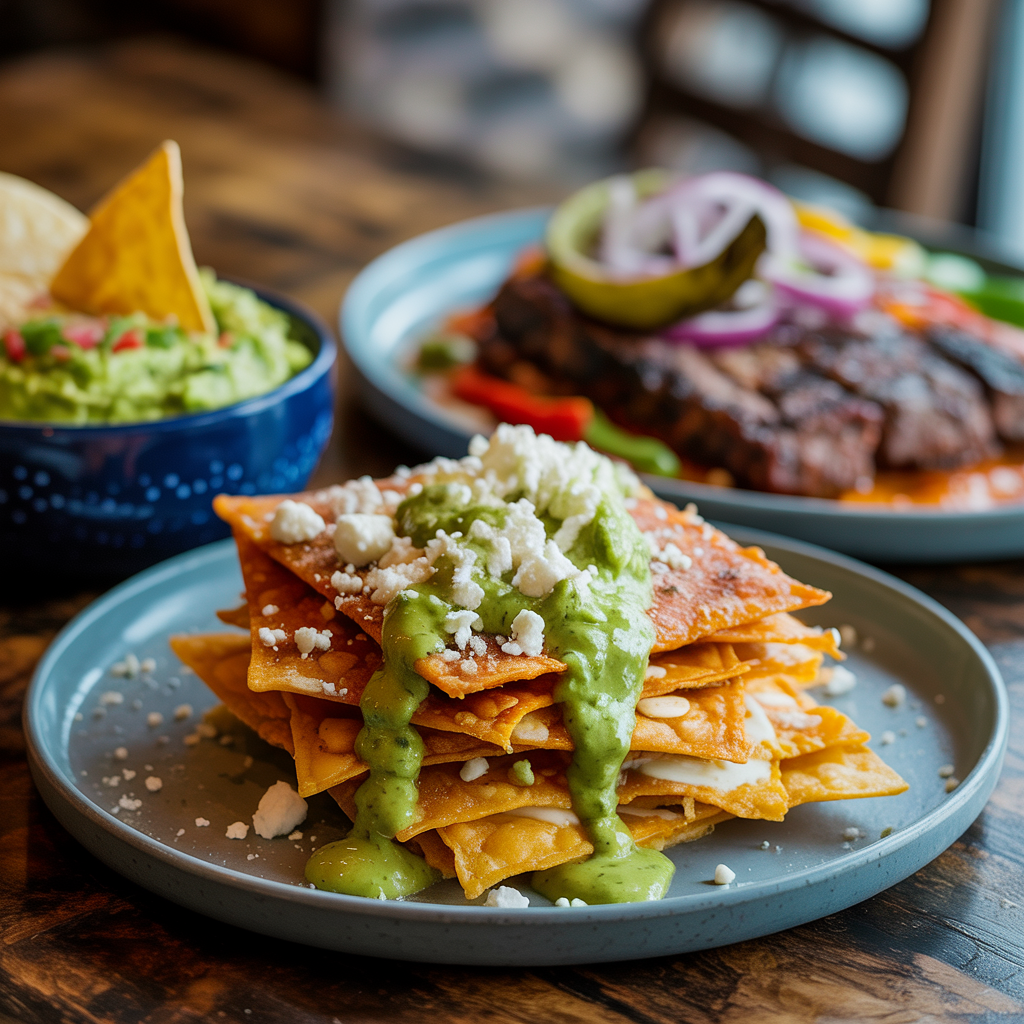
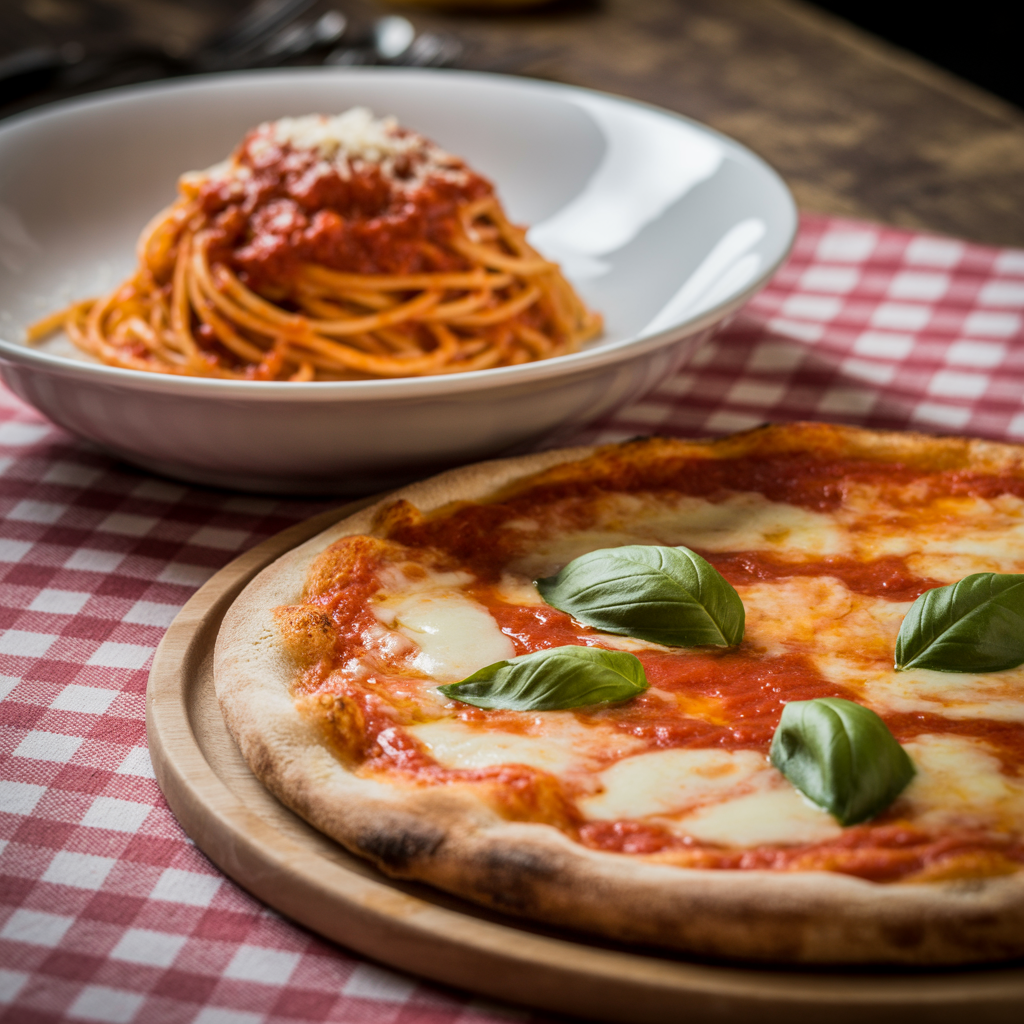
30 videos
Videos
30 videos
Mouthwatering moments in motion—watch, learn, and get inspired one delicious video at a time.
374 recipes
Recipes
374 recipes
Quick, creative, and crave-worthy recipes—watch, cook, and wow your taste buds!
Dig into Fun!
3,612 articles
Foodies
3,612 articles
Calling all foodies! Read about nostalgic snacks, international foods, celeb
diets, and so much more.
diets, and so much more.
Read something
23 quizzes
Quizzes
23 quizzes
Hungry for fun? Our food quizzes serve up flavor-packed trivia and tasty personality reveals. Enjoy!
Test yourself
761 reviews
Product reviews
761 reviews
Boost your baking skills with the right tools and equipment, all reviewed
and rated for your convenience.
and rated for your convenience.
Get informed




